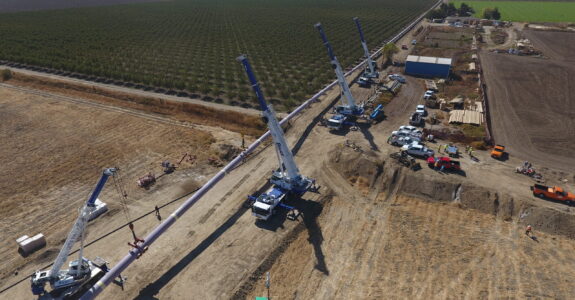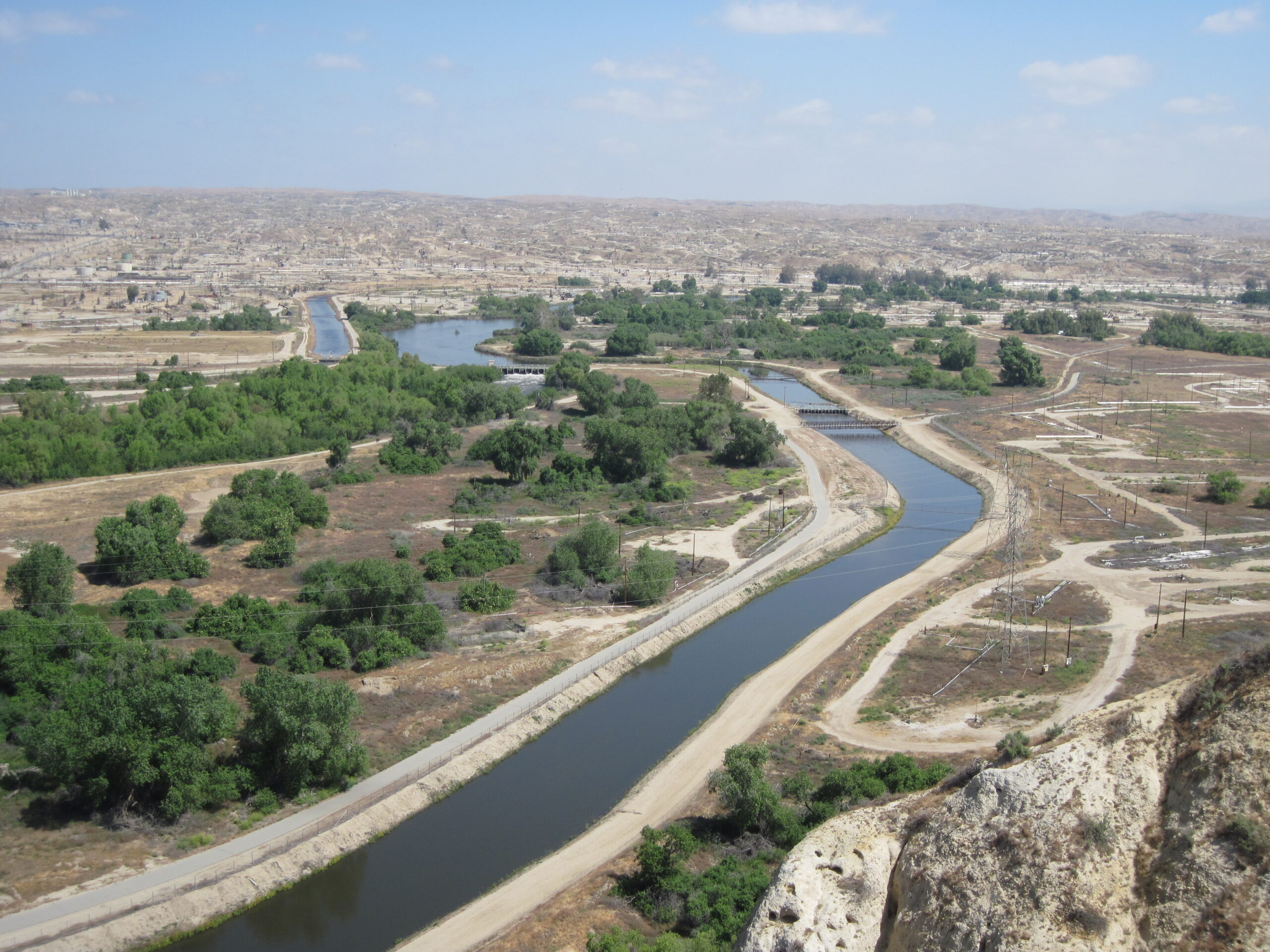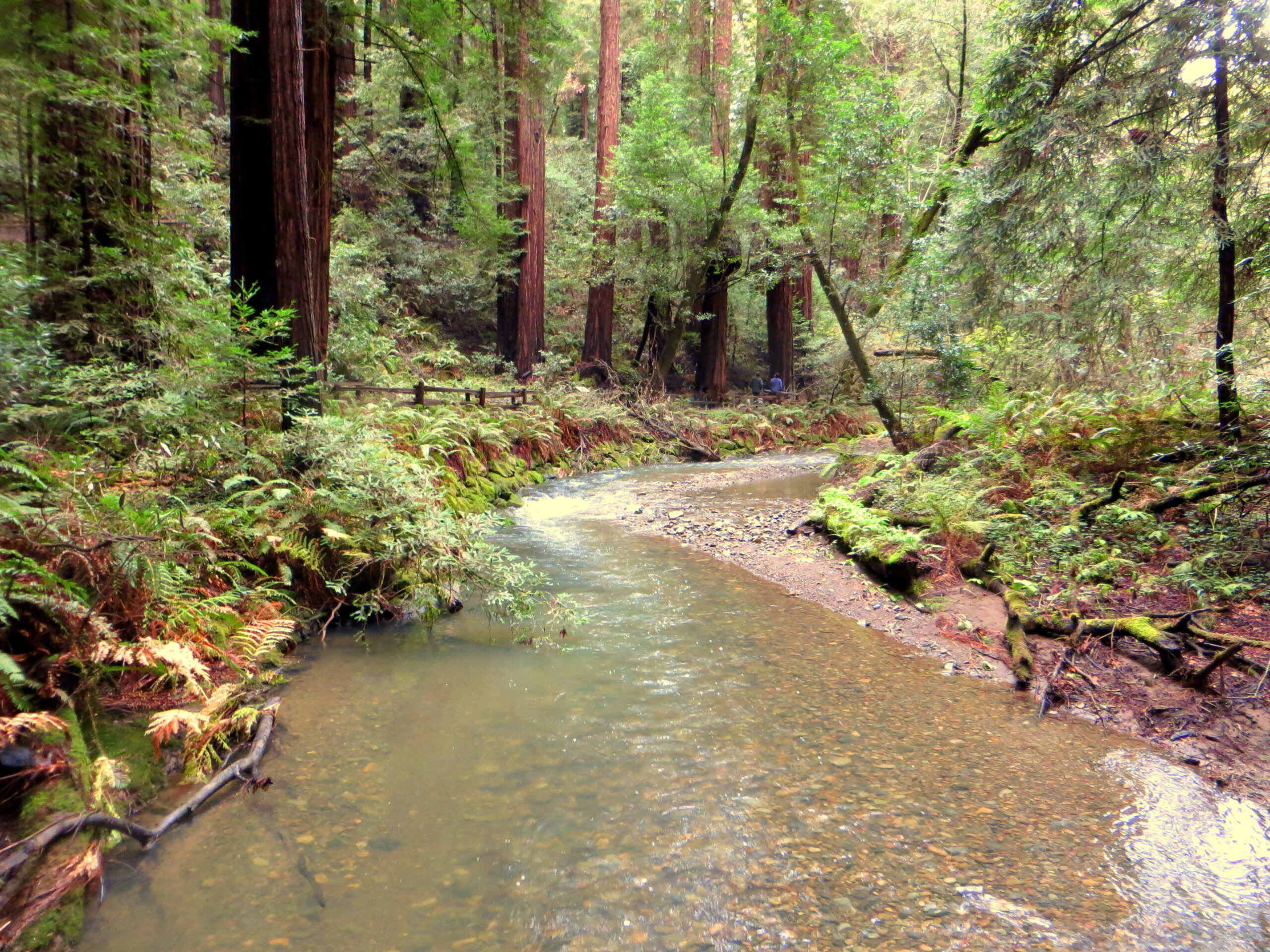
Innovative Approaches to Water Resource Management and Habitat Enhancement
December 3, 2024
By: Ken Schwarz, PhD
In today’s ever-changing environmental landscape, water resource management and habitat enhancement have become critical topics. As climate change, land development, and water use continue to pose significant challenges, innovative solutions are essential for maintaining ecological balance and ensuring sustainable water resources. This blog explores our approaches to these challenges, drawing on real-world examples from successful past projects with local communities.
Understanding Water Resource Management
Water resource management involves the strategic planning and oversight of water use and conservation to meet current and future demands. It encompasses various activities, including surface and groundwater management, water quality monitoring, and infrastructure development. Effective management ensures that water resources are used efficiently and sustainably, supporting both human needs and natural ecosystems.
Working with the City of Bakersfield on the Kern River Flow and Municipal Water Program, the project will increase river flow and enhance groundwater recharge to support municipal water supply demands. The project involved integrating surface flow analysis and groundwater modeling, to develop the right solution that provides water for both ecosystem health and municipal needs.

Technology and Recycling in Water Management
Advancements in technology and methodology have led to several innovative solutions in water resource management. These include the use of recycled water, sustainable urban drainage systems (SUDS), and smart water management systems.
Our Californian experts partnered with the North Valley Regional Recycled Water Program to leverage recycled water to address water shortages. This initiative delivers up to 59,000 acre-feet per year of recycled water to agricultural users and wildlife refuges, showcasing the potential of recycled water in sustainable water management.
Another innovative approach involves the use of smart water management systems, which utilize sensors and data analytics to monitor and manage water resources in real time. These systems can help optimize water use, reduce waste, and improve the overall efficiency of water resource management.
Habitat Enhancement Strategies
Habitat enhancement focuses on restoring and improving habitats to support biodiversity and ecosystem health. Effective habitat enhancement strategies include instream habitat improvements, wetland restoration, riparian buffer zones, and bank stabilization methods.
Our work with the Salmon Habitat Enhancement and Bridge Replacement Project at the Muir Woods National Monument exemplifies successful habitat enhancement. By placing large woody debris and removing rock armoring along Redwood Creek, our team restored natural channel processes and improved salmonid habitat. Additionally, upgrading pedestrian bridges helped balance habitat enhancement with visitor experience and resource protection.
Wetland restoration is another critical habitat enhancement strategy. Wetlands provide essential services such as water filtration, flood control, and habitat for diverse species. Our projects with local Californian communities like the Phoenix Lake Preservation and Restoration Project focused on increasing lake capacity, reducing sedimentation, and expanding wetland habitats to improve the water quality and ecosystem health.

Integrating Water Management and Habitat Enhancement
Integrating water resource management with habitat enhancement can yield significant benefits, addressing multiple environmental goals simultaneously. This holistic approach ensures that water resources are managed sustainably while also supporting biodiversity and ecosystem resilience.
Our work on the Stanislaus Regional Water Authority’s Regional Surface Water Supply Project highlights the benefits of these integrated approaches. By treating surface water from the Tuolumne River for potable uses and implementing environmental impact mitigation measures, our water experts successfully balanced water resource management with environmental conservation.
Combining these strategies leads to more robust and resilient ecosystems. For instance, integrating wetland restoration with groundwater recharge projects can enhance water quality, support wildlife habitats, and provide recreational opportunities for local communities.
Conclusion
Innovative approaches to water resource management and habitat enhancement are crucial for addressing today’s environmental challenges. By leveraging advanced technologies, strategic planning, and integrated methodologies, we can ensure the sustainable use and conservation of our valuable water resources.
At Montrose, we strive to continually partner with local communities and governments to foster a more sustainable future for our water resources and natural habitats.
 Ken Schwarz, PhD
Ken Schwarz, PhD
Managing Principal
Ken Schwarz is a highly experienced expert in geomorphology, hydrology, and stream/watershed management, with over 30 years of directing complex projects across California. He leads various water and environmental planning studies, including watershed management, hydrologic reports, and restoration designs, while developing successful regulatory applications for multiple agencies. In 2008, he founded Horizon Water and Environment, which joined Montrose Environmental in 2021, where he continues to lead the Horizon business unit. Ken completed his Ph.D. in geomorphology at UCLA and has taught numerous courses and authored articles on related subjects. His specialties include flood management, water resources planning, and regulatory permitting and compliance.

